Q&A with Rachel Nelson
Interim Director of the Institute of the Arts and Sciences at UC Santa Cruz
Interviewed by: Darío León, Research and Community Coordinator
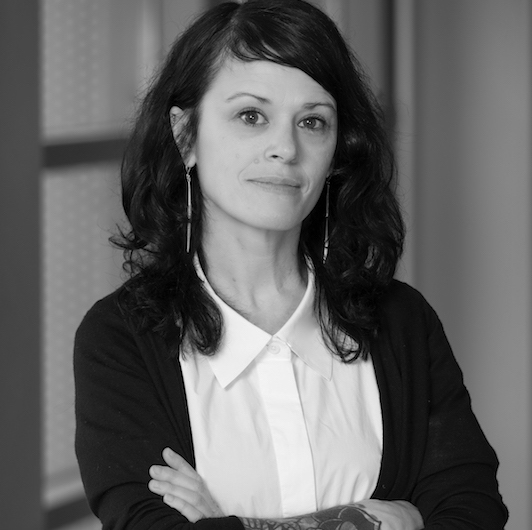
Rachel Nelson, Ph.D., is the interim director of the UC Santa Cruz Institute of the Arts and Sciences (IAS) and teaches in the History of Art and Visual Culture Department. During her tenure at the IAS, Nelson has curated and organized exhibitions with artists including Carlos Motta, Futurefarmers, Ursula Biemann and Paulo Tavares, Angela Melitopoulos and Angela Anderson, Harrell Fletcher, Newton Harrison and Helen Mayer Harrison, and Janet Cardiff and George Bures Miller. She has collaborated on exhibitions and programming with institutions including SFMOMA, San José Museum of Art, San José Institute of Contemporary Art, and Minnesota Street Project, San Francisco. Currently, Nelson is co-curating a multi-sited group exhibition, Barring Freedom, engaging art, prisons, and justice, which will be shown in San Jose Museum of Art, and UC Santa Cruz.
What are the main goals of the Institute of the Arts and Sciences?
Rachel: The Institute of the Arts and Sciences is a bit like a museum without walls at UC Santa Cruz. We create art exhibitions and programming that focuses on critical issues that we see our campus community investing time through research, teaching, and activism. Our goal is for our arts-based programming to serve as the connective tissue between the divisions on campus and act a bridge to the public around our shared concerns, including climate change and social and economic inequalities and injustices, as well as other challenges we are facing.
Can you describe the Barring Freedom Series?
Rachel: I began planning an exhibition with Alexandra Moore, the co-curator and PhD Candidate in Visual Studies, some years ago and thinking about a speaking series on the theme of Visualizing Abolition in collaboration with Professor Gina Dent. The exhibition was originally to open last spring in New York, in partnership with John Jay College of Criminal Justice (a college that focuses on prisons and justice). As I mentioned, the institute’s programming reflects the belief that arts can enliven our understanding of current critical issues and the ways in which we approach them. For 2020, we decided we would work on a programmatic initiative around art, prisons, and justice. And, I would say that four years ago when we began planning, the issue was as timely then as it is now. We wanted to respond to how mass incarceration, prisons, and policing have become the ostensible solution to the social problems of the country such as: drug addiction, mental health, economic inequalities, and racism. The exhibition and programming was also a response to the research and concerns of our campus community. At UC Santa Cruz, research and a creative focus on the prison industrial complex has been a central issue with professors such as Angela Davis and Gina Dent in the humanities, Craig Haney and Anjuli Verma in the social sciences, Dee Hibbert-Jones and Sharon Daniel in the arts, among others. I realized that this is a core area of research at UC Santa Cruz, so I was excited to grapple with the ways that arts can coalesce the conversations that are happening across the university.
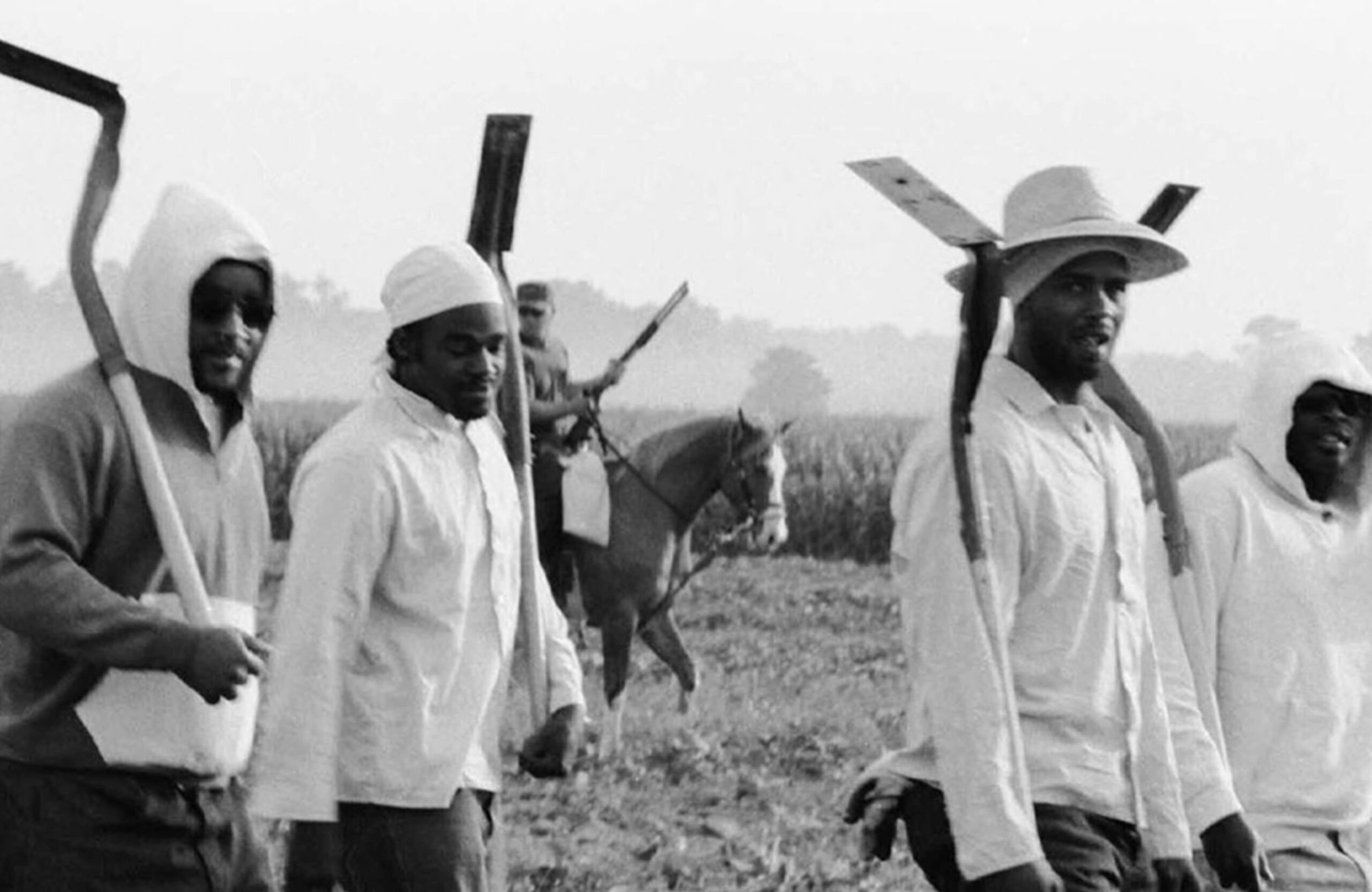
Additionally, I was interested in how many artists have been working on this subject. Some are influential, well known artists in the United States such as Sanford Biggers or Deana Lawson and others are more emerging artists like Patrice Renee Washington and Levester Williams. All of the artists included in Barring Freedom differently highlight the roles that creative practices can take within the central problematics of our times—in particular, I think the artworks in the exhibition bring into focus the issues around how people see and understand the workings of the U.S. criminal justice system. People who’ve been directly impacted by prisons and policing know well the problems in this country. However, not everyone does. Some people in the United States are waking up to this as a massive issue but artists have been insisting that we need to view the issues differently to approach the problems; to think about the histories from which policing and prisons come from. I would say that even those of us who have been directly impacted still manage, at times, to not question how the system has come about or the ways in which it has served as a social solution.
There is a lot of collaboration going on with the Barring Freedom Series. Can you talk about how the networks developed and how they got started?
Rachel: The whole project really has been created in collaboration with faculty and students across the campus. From Herman Gray, who is now an emeritus professor of sociology. to Craig Haney, whose studies in the psychological effects of solitary confinement have had immense impacts on this nation’s laws, faculty on this campus have been generous with their time and given me the benefit of their thoughts.
Additionally, Angela Davis was a professor of mine and, of course, Gina Dent who has been a long time anti-prison activist and a brilliant scholar with an incredible interest in visual culture, have also been essential to the process. One of the things that both Angela Davis and Gina Dent have long argued is that visual culture—TV shows, the ways we consume news and images, and movies—contribute to the ways in which we’ve learned to, as Prof. Davis puts it, take prisons for granted. And, following that logic, if a visual discourse has been part of the reasons why this problem has been normalized, then it’s going to take other types of creative response to render it obsolete—to use Prof. Davis’s term. What I’ve taken from both Prof. Davis and Prof. Dent is that we don’t realize how much we internalize aspects of our life. The ways in which visual images surround us and we begin to see the world in the way that has been portrayed to us.
This was the starting point for the exhibition, which is a multi-sited art exhibition at the San Jose Museum of Art and on the UC Santa Cruz campus simultaneously. We were going to show work in the Mary Porter Sesnon Art Gallery, but because of social distance learning we had to change plans. We still have a continuing collaboration with them in a public art project that’s on campus called Solitary Garden.
For the speaking series, Visualizing Abolition, one goal that Gina and I had was getting a diverse group of artists, scholars, activists to come together to think about the role of art, aesthetics, and perception in the struggles for justice. We also recognize the need to think about musicians and other kinds of sensory modes that are grounded in the subjects we are dealing with. We are excited to say that we are working with Grammy Award winning Jazz musician Terri Lyne Carrington. She has a band named Social Science and she’s working with a large group of musicians. I can’t name them all yet but we’re going to release that soon. They’re doing a song for every event and a song around the Visualizing Abolition theme that the Barring Freedom Series is part of.
Everything we are doing for the project is being highlighted on a website, barringfreedom.org, that was developed by Alexandra Moore in collaboration with IAS education fellows Abram Stern and Aaron Mulenga. We think of the project as a creative educational initiative, and these amazing graduate students have proven innovative in the face of current challenges in using the website as a resource for teaching and learning.
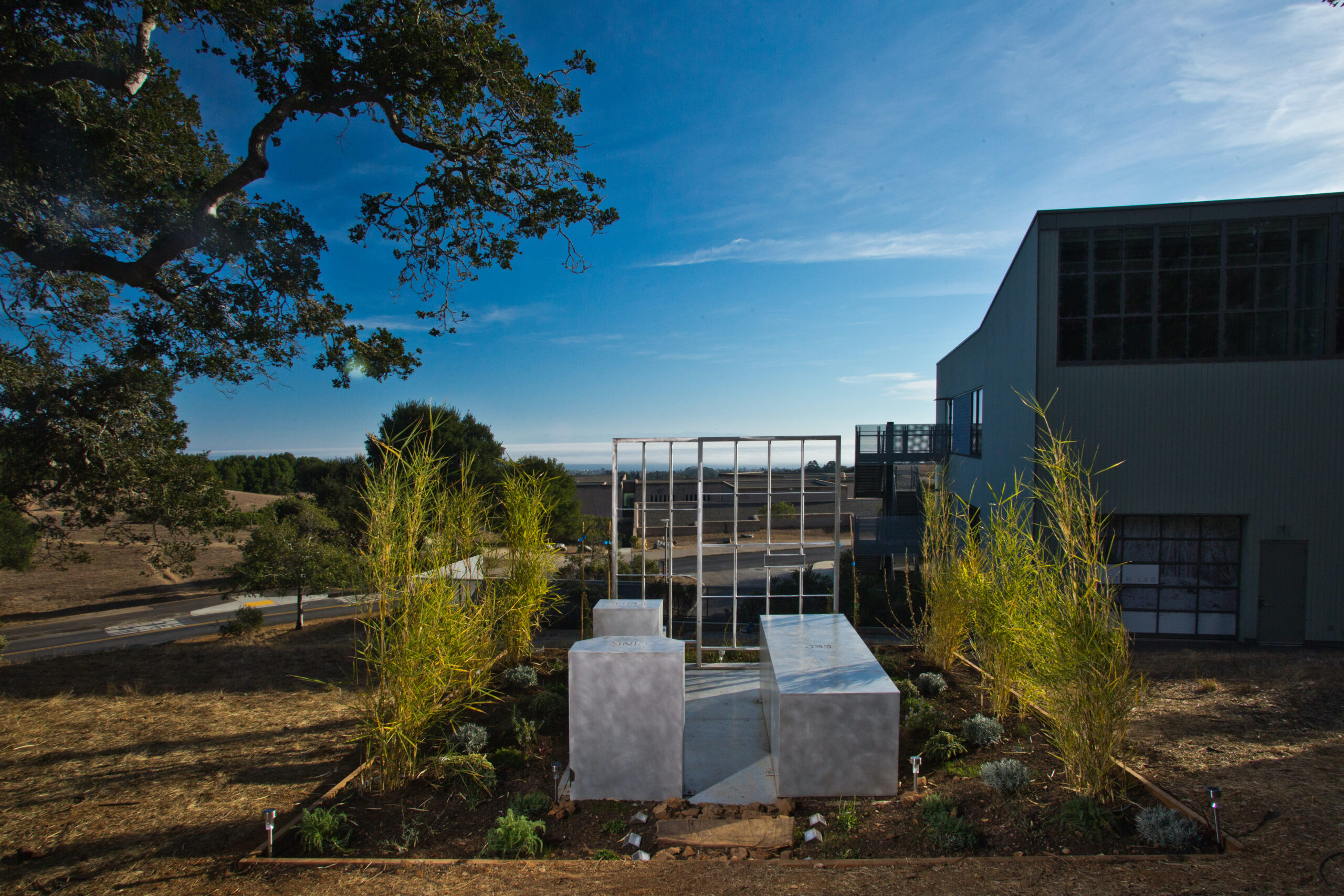
What is your vision for the Institute of Arts and Sciences?
Rachel: Every year or two, we pick a thematic focus on critical issues and bring together the campus community in the process. Next year, the 2021-2022 academic year, we’re going to be emphasizing climate change and migration. It’s difficult to remove yourself, as we’re surrounded by wildfires, from issues of climate change and the underlying effects it brings with border crossing, food security and, of course, the problematics of racism in the United States. There are people that are doing amazing work on campus and I can’t help to reflect on artwork that we could bring that would help to enliven the conversations and give us a common point of entry from our different disciplines and perspectives. We’re going to continue keeping arts at the center but also use it as a place of community building.
What led you to do this type of work?
Rachel: I had a strange path into this work. I would have never thought that I would go into the arts. I was going to be a middle school teacher and had this whole other idea of what my life was going to be when I started college at University of New Orleans in 2005, a couple weeks before Hurricane Katrina hit. When the hurricane hit, I had this profound experience of seeing my community destroyed and witnessing the government’s horrific response which left Black, poor, and elderly people the real victims of the storm. Those weeks, months, and years after that storm now seem to foreshadow our current situation. But, if that impacted me, it was what came next that put me on the path of where I am. In the years after Katrina, New Orleans saw an upsurge of art and artists. There was this idea that in the aftermath of the storm of white supremacy and state failure, that artists and musicians had roles to play in keeping the community together and dealing with issues that were not being managed by the government. The arts have always been vital to the city, and New Orleans is a great city for art and culture. And the ways in which it coalesced at that moment, in the aftermath, showed the important role arts play in communities Once you start taking away arts and culture from an area, which you see happening in parts of New Orleans with gentrification now, it also erodes communities. I came out of that thinking that the arts can create possibilities in our communities that do not emulate the same problems of our national and state structures.
Do you have any advice for students that are interested in this career field?
Rachel: I started my career in an unusual way. The main message I would want to give is to be open to the possibilities that are in front of you. This point in history reminds us that we have to be flexible, but also to pay attention to our surroundings. There are opportunities that are behind every door with faculty and services that UC Santa Cruz offers and even in the face of challenges we can find ways to do what we care about. I would have never thought that I would be able to have a career in what I do.
I also hope that students participate in all of the Visualizing Abolition events. It is an amazing opportunity to see how minds work and the worlds they can create. Everyone that is involved has impacted the world and made it more possible for us to talk about topics such as abolition, the problems of policing, and structural racism in mainstream society. It’s amazing that this year we have the opportunity to think with some of the e people that have gotten us to this moment. All the events are recorded and archived at barringfreedom.org.

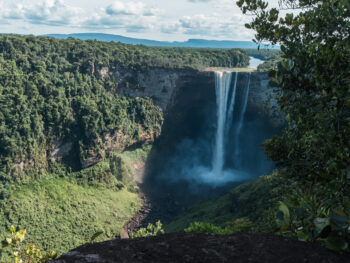
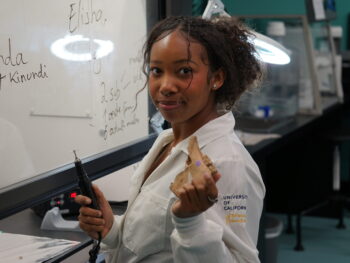
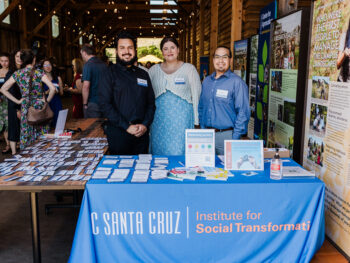
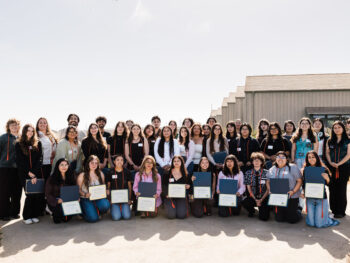

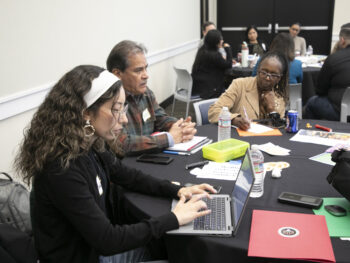
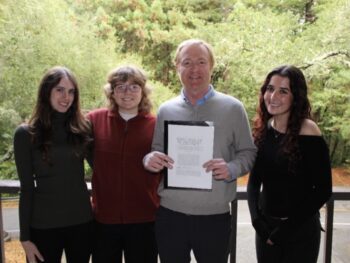
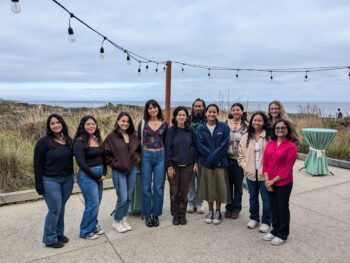
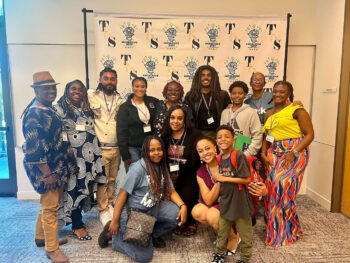
 Q&A with Anjuli Verma
Q&A with Anjuli Verma
